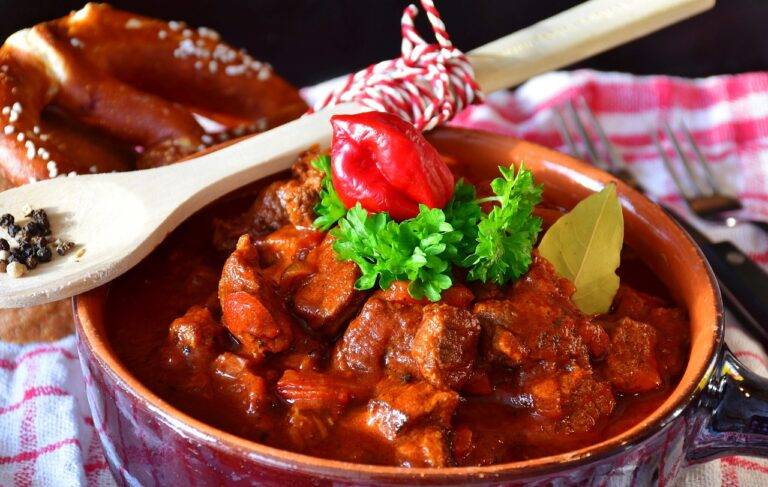Exploring the Rise of Ghost Kitchens in Food Delivery
Ghost kitchens, also known as cloud kitchens or virtual kitchens, have become a prominent trend in the food industry in recent years. These kitchens operate without a physical storefront or traditional dine-in service, focusing solely on food preparation and delivery. The concept of ghost kitchens originated from the need for cost-effective solutions for food delivery businesses to meet the growing demand for online ordering and delivery services.
Initially, ghost kitchens were established to streamline operations and reduce overhead costs for restaurants looking to expand their delivery services without investing in additional physical locations. By consolidating kitchen space and resources, ghost kitchens offer a more efficient and cost-effective way for food establishments to cater to the increasing popularity of online food delivery platforms. The success of early ghost kitchen models has led to a proliferation of virtual restaurants and delivery-only concepts, shaping the way the food industry adapts to the evolving preferences of modern consumers.
The Impact of Technology on the Food Delivery Industry
Advancements in technology have revolutionized the food delivery industry, making it easier than ever for consumers to enjoy their favorite meals from the comfort of their own homes. With the rise of food delivery apps and online ordering platforms, customers can now browse menus, place orders, and track their deliveries with just a few taps on their smartphone.
Moreover, the implementation of sophisticated algorithms and data analytics has allowed food delivery companies to streamline their operations, optimize delivery routes, and provide more accurate delivery estimates to customers. These technological innovations have not only improved the overall customer experience but have also led to increased efficiency, reduced costs, and minimized delivery times for both customers and delivery drivers.
• Food delivery apps and online ordering platforms have made it convenient for customers to order food from home
• Advanced algorithms and data analytics help in optimizing delivery routes and providing accurate delivery estimates
• Technological innovations have improved customer experience, increased efficiency, reduced costs, and minimized delivery times
The Role of Virtual Restaurants in Ghost Kitchens
Virtual restaurants are a modern concept emerging within the realm of ghost kitchens. These establishments operate solely through online platforms, offering a menu of dishes without a physical dining space. By eliminating the need for a traditional brick-and-mortar location, virtual restaurants can significantly reduce overhead costs, making them an attractive option for aspiring chefs and established food businesses alike.
In a virtual restaurant setting, chefs have the flexibility to experiment with diverse cuisines and menu items without the constraints of a physical location. This freedom allows for innovation and creativity in the culinary world, as chefs can cater to specific dietary preferences or trends in the market. Virtual restaurants also provide an opportunity for collaboration between chefs and food delivery platforms, expanding the reach of their culinary creations to a wider audience.
What are ghost kitchens?
Ghost kitchens are professional food preparation and cooking facilities set up for the preparation of delivery-only meals.
How has technology impacted the food delivery industry?
Technology has revolutionized the food delivery industry by enabling customers to order food online through apps and websites, and by providing restaurants with the infrastructure to operate virtual restaurants from ghost kitchens.
What is the role of virtual restaurants in ghost kitchens?
Virtual restaurants are online-only dining establishments that operate out of ghost kitchens, offering a variety of cuisines and menu options to customers through food delivery apps.







